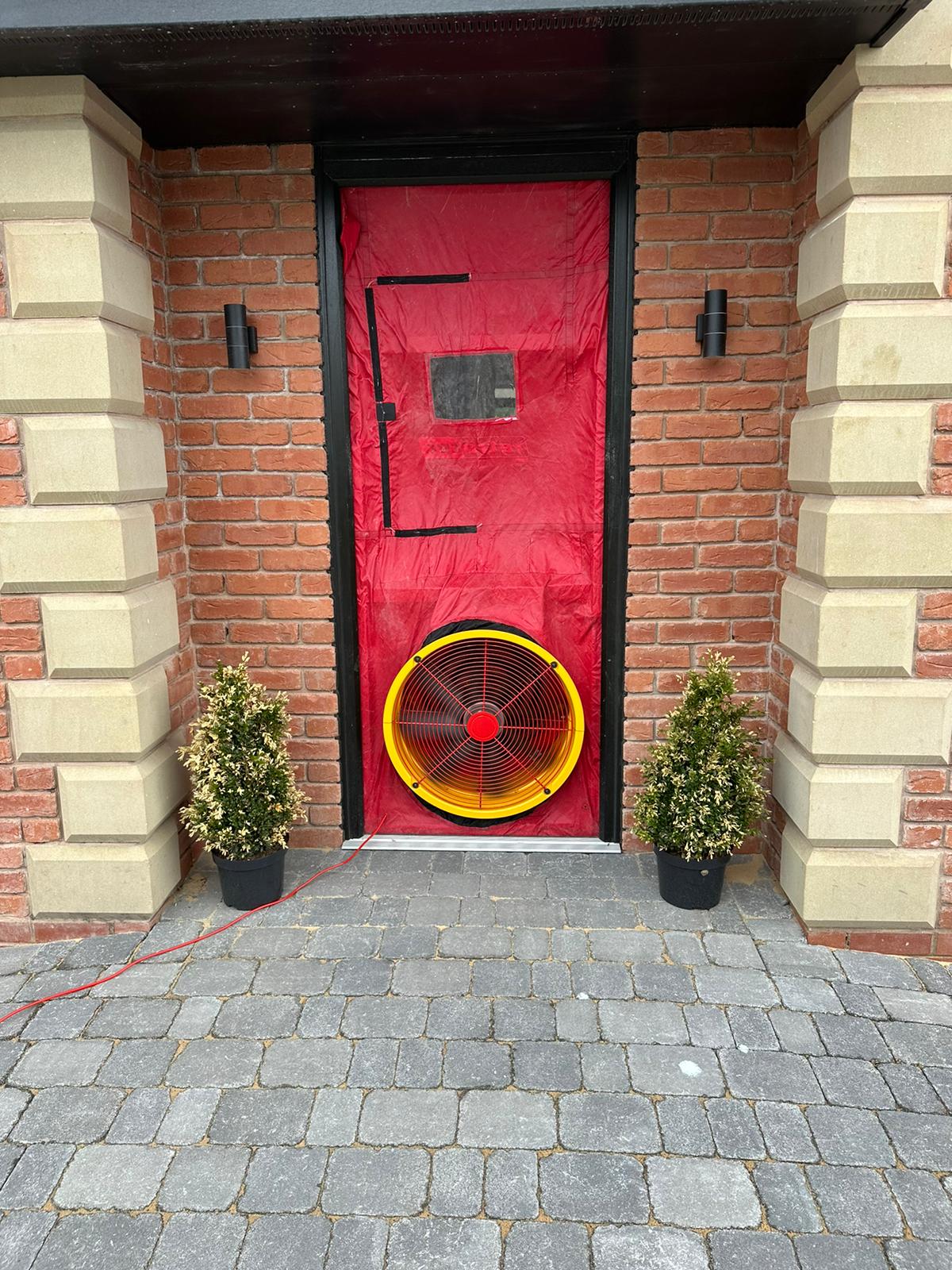Overheating in buildings has been highlighted as a key risk for the health and productivity of people and businesses in the UK
It is estimated that there are about 2,000 heat-related deaths each year in England and Wales.
This has led to new regulations to ensure occupants in new residential buildings do not suffer excessive temperatures.
Approved Document O England
Approved Document O (2021 edition – England) was released in December 2021 and came into force for all Building Regulations building notices, full plans applications and initial notices for residential buildings submitted in England from 15 June 2022.
Read moreApproved Document O Wales
Approved Document O (2022 edition – Wales) was released in May 2022 and came into force for all Building Regulations building notices, full plans applications and initial notices for residential buildings submitted in Wales from 23 November 2022.
Read moreScottish Building Standard 3.28
Standard 3.28 of the Scottish Building Standards Domestic Technical Handbook (December 2022 edition) was released in June 2022 and came into force for all residential Building Warrant applications submitted in Scotland from 01 February 2023.
Read more


